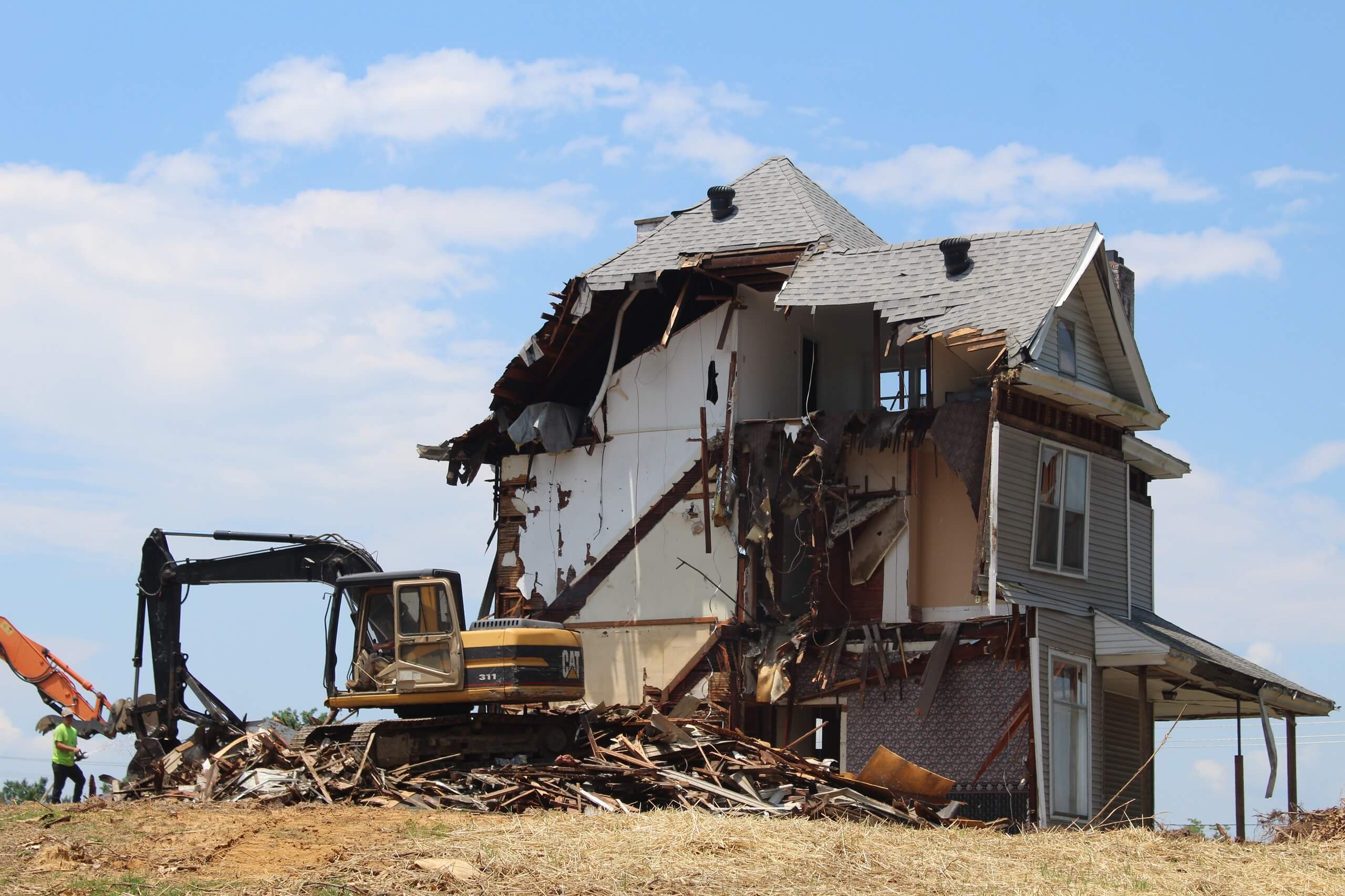Put the sledgehammer down for a second.
Before you excitedly go through that separating wall in your home and create a rather unsophisticated but satisfying mess, have you checked everything you need to check and got all the tools you need to do the job correctly?
Demolition work seems pretty simple on the face of things, and certainly isn’t the most precise job you’ll ever do in the world of home renovation, however it’s still absolutely essential it’s done safely and effectively – otherwise you might face some costly repercussions.

Here, we talk about what you need to think about before demolition, the equipment that’s required and what to do in the aftermath – so you don’t end up destroying your hopes of a job well done.
Pre-demolition checks.
According to Popular Mechanics, there are a few key considerations to undertake before you get started:
- Is the wall load bearing? Load bearing walls run perpendicular to floor joists and are usually found near the center of the house. You can see floor joists from the basement or surrounding crawl space. External walls are always load bearing. Naturally, you probably don’t want to knock out a load bearing wall, so consult with a specialist if you’re not sure on the nature of the wall you want to demolish.
- Take care to check and account for any plumbing, electrical sources or heating, ventilation and air conditioning (HVAC) units. If you are taking down a wall with any of the above outlets built in, speak to a specialist about the best POA for removal, and make sure any power or water sources are turned off before removal.
- Score the ceiling area near to the wall you’re about to take down – this will help create less mess when you carry out the work.
- Make sure the room is well covered before you start to avoid getting extremely tough to clean particles absolutely everywhere.
If you’re doing a larger job or undertaking a professional contract, you’ll need to ensure your work meets various official pre-demolition requirements, including local authority approval and construction regulations.
You can find more on those more binding requirements here.
Tools for the job.
Once you have your checks in place, it’s time to suit up and get on with the job. Here’s the equipment your average demolition will need:
- Safety gear: your pre safety checks should extend to your own protective gear in the way of a sturdy pair of overalls, safety goggles or glasses, gloves and a respirator mask.
- Demolition hammer: your demolition tool can be, unsurprisingly, a sledgehammer, but these days many people looking for an easier life choose a power tool such as a reciprocating saw or SDS chisel.
- Cleaning materials for afterwards, including thick and sturdy bin bags, a sweeping brush and an industrial vacuum.
Once you’re finished.
Your post-demolition clean up job should be handled with as much care and attention as your pre-demolition checks. Depending on the materials involved, you could be exposed to any number of sharp debris types or potentially dangerous particles to inhale. Because of this, approach your cleaning process attentively with your safety gear still on. It’s best to double bag all your debris, too, as the same materials that could give you a nasty scratch will happily try and rip through your disposal bags.
It’s often advised to not leave the entire clean up job until the end, instead cleaning up as you go to keep things relatively tidy and give you more room to work comfortably and safely. Once you’ve got everything bagged up, check with your local authority and recycling advisory for the correct and safe way to fully dispose of your debris.
Demolition work tends to be a hard but rewarding process, however you can’t just jump straight into it. Make sure you have the checks, the gear and the post-work process in place before you start, and you’ll ensure you don’t run into any nasty surprises along the way.
Leave a Reply